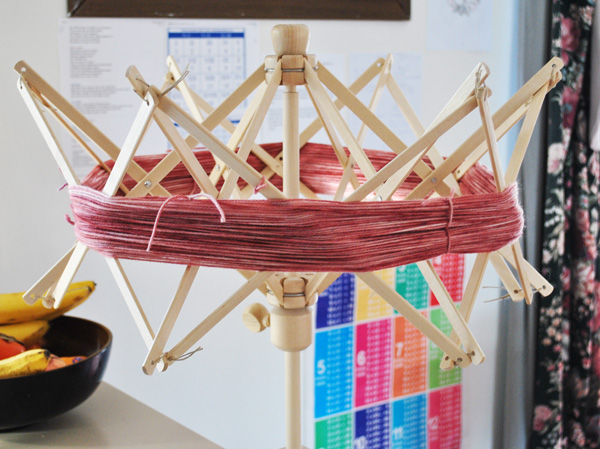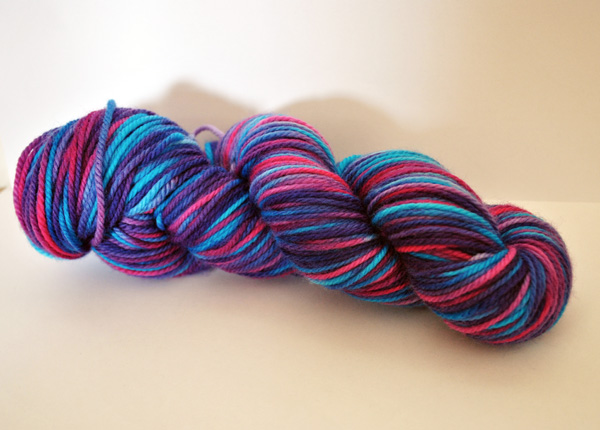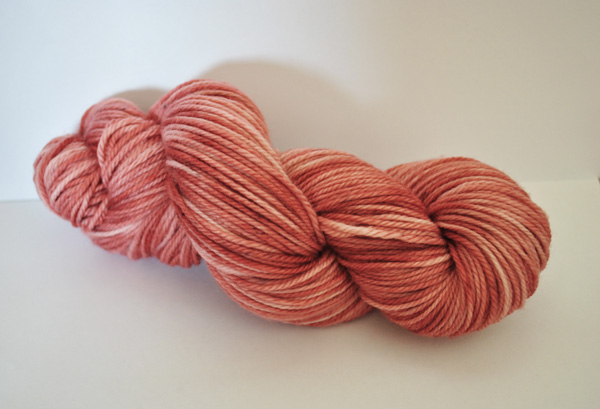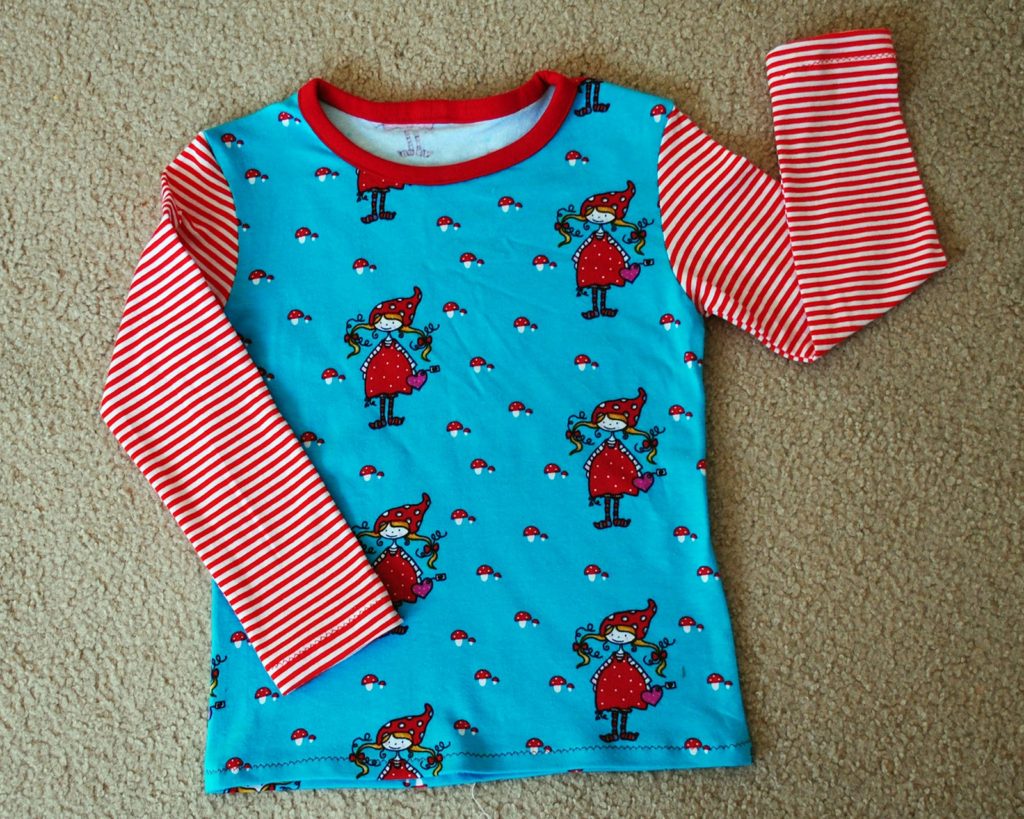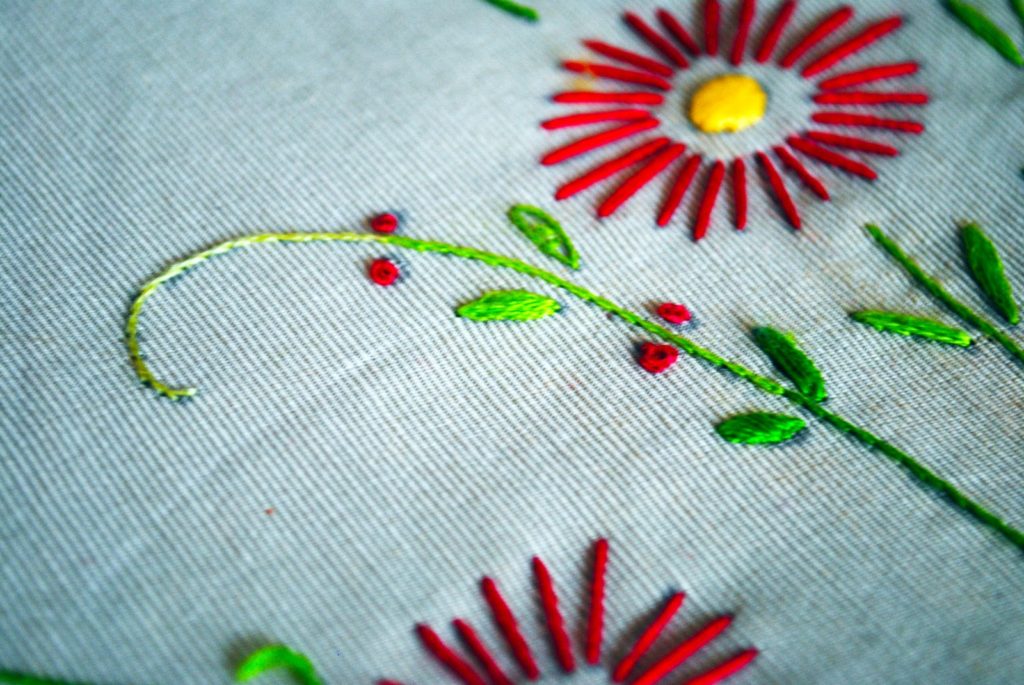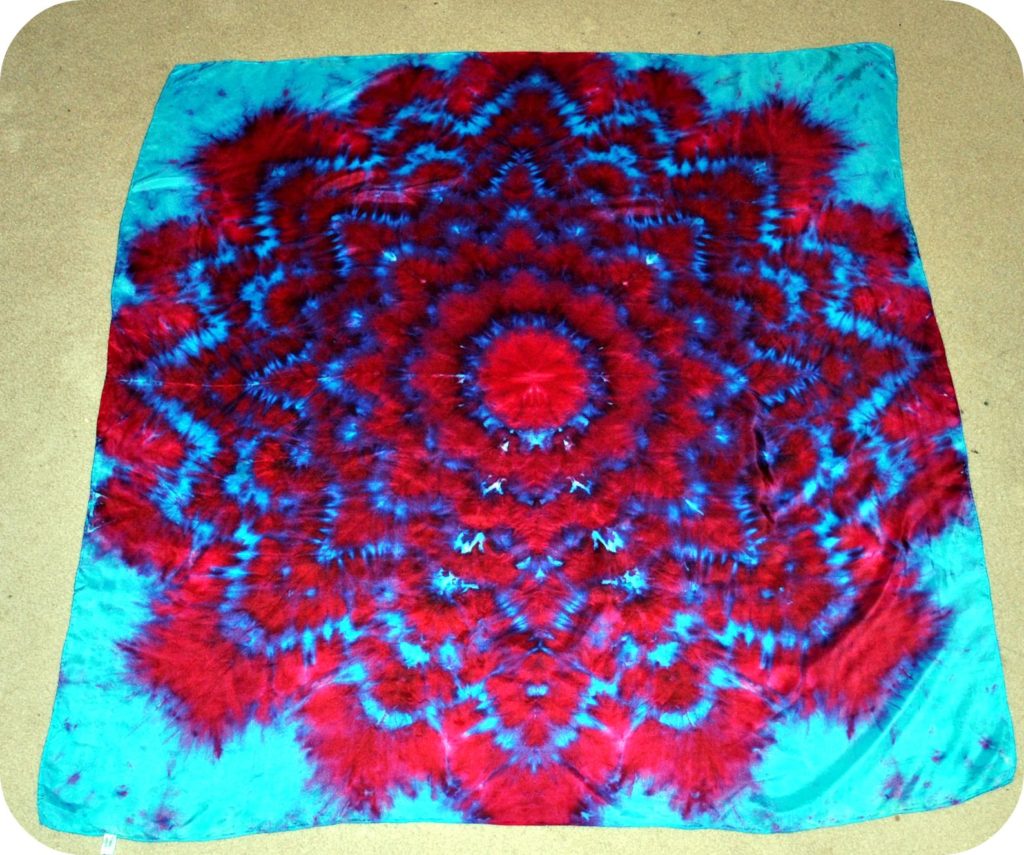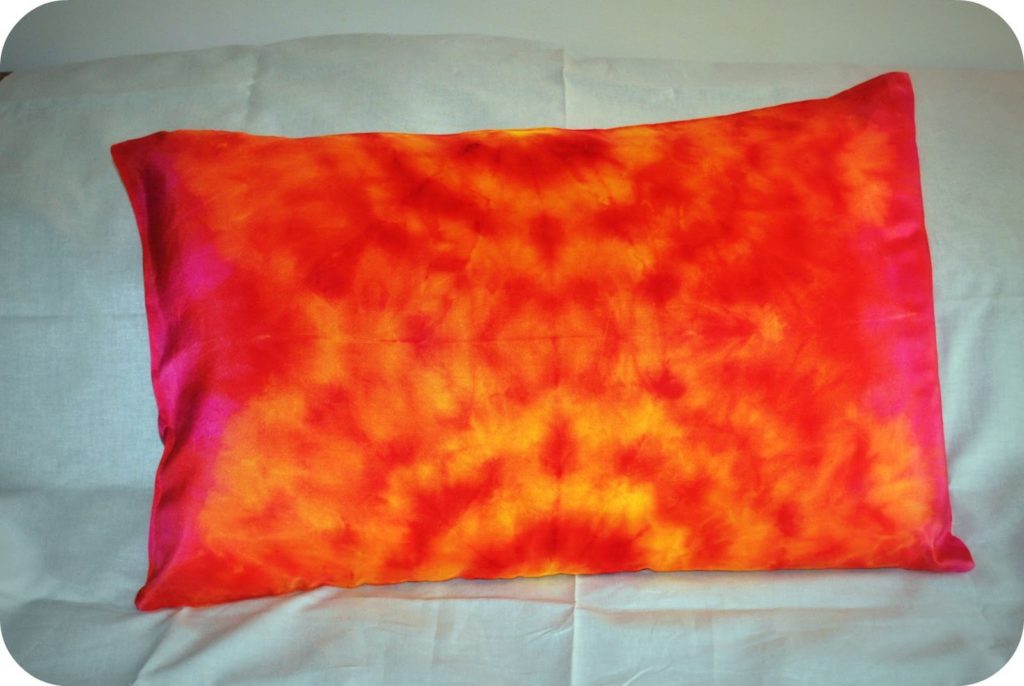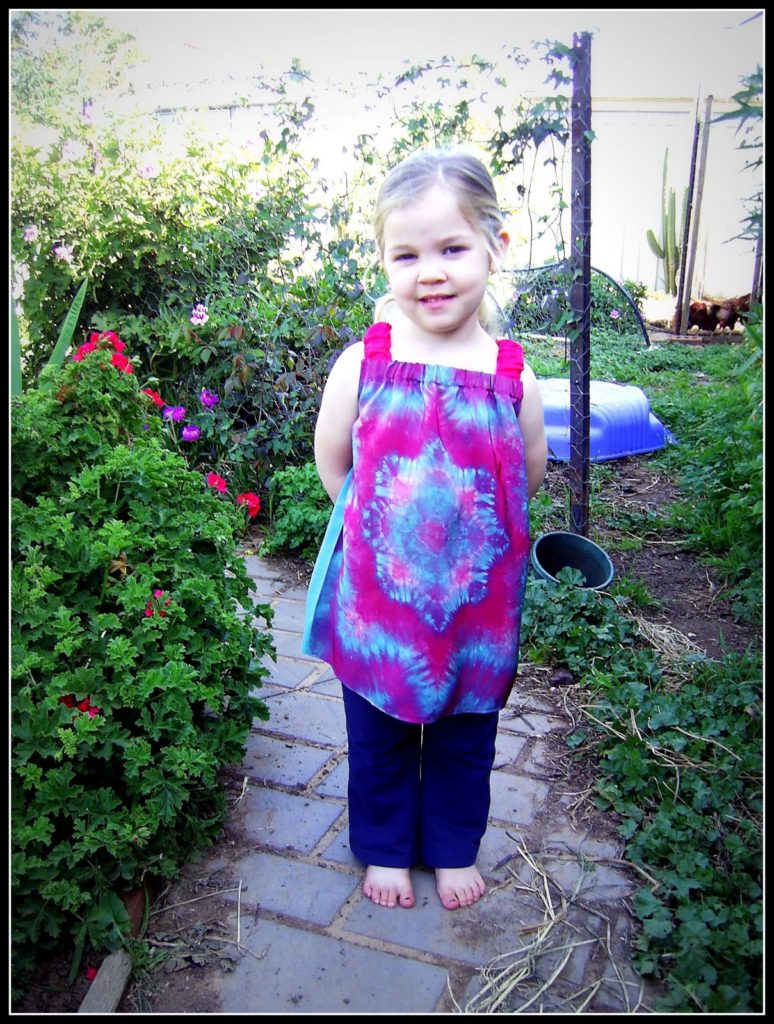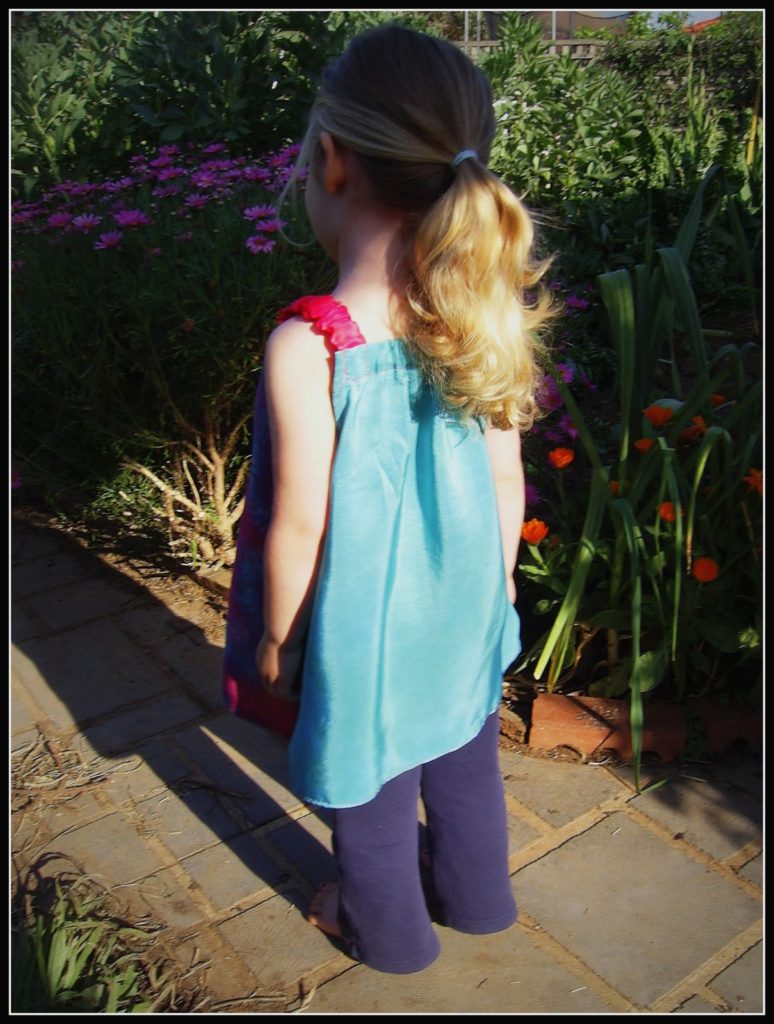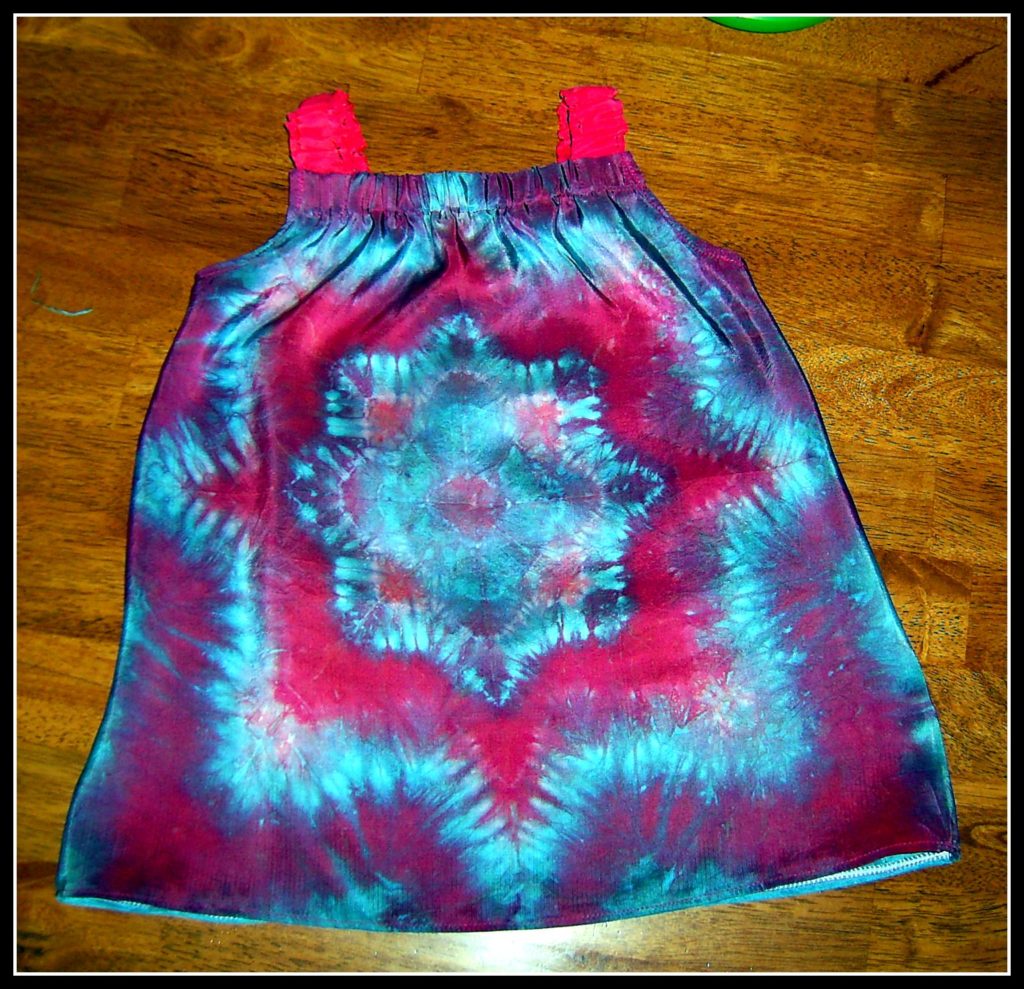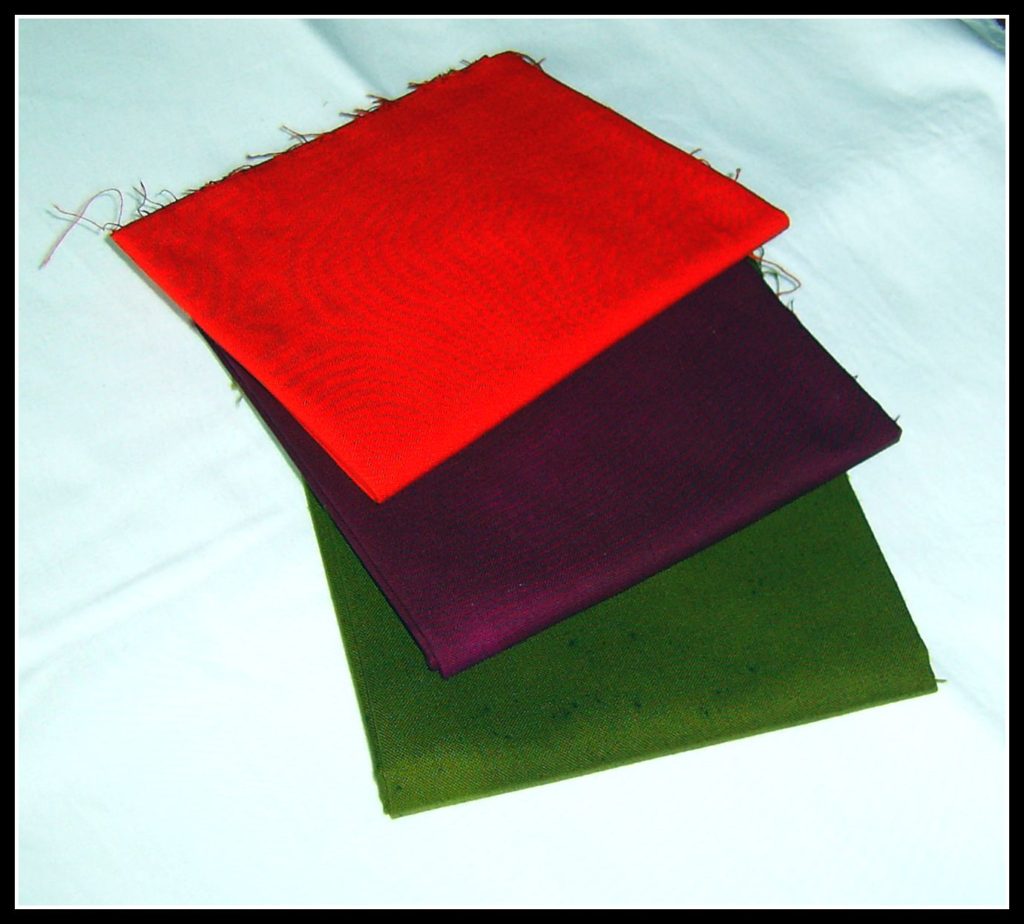Search Results for: dyeing
It’s all about yarn :)
Hand dyed yarn
Working on….
Happy Easter!
Last year we dyed our eggs with regular kitchen food dye, but this year husband got his hands on some Greek easter egg dye (basically food dye but much stronger colour). Aren’t the colours amazing?!
The trick to the shine is to rub olive oil all over the eggs after dyeing and drying.
Wishing you all a very happy and holy Easter!
Still loving mandalas!
Handmade gifts
I haven’t done too well with the handmade gifts this year, but I almost always make something for the girls. Usually it’s a doll or soft toy but I think they have plenty of those now!
Mandala dress
Which direction to take? Advice please?!
I had thoughts of stocking my Etsy shop for Christmas but I feel (and have felt for some time) that I’m at a crossroads with my craft. I desperately want to make my passion for craft into a career but can’t decide what to do, it’s so frustrating!
I have sold a few dolls this year which is nice, however this is just pocket money, not an income. With dolls you put in a lot of work for a little money. I’d like to take the next step with hand dyeing and sell some fabrics but I’m not sure if there is any demand. Likewise with my embroidery patterns. It’s not that I mind putting in the work but I think it all comes back to my fear of failure that plagues me constantly.
I’ve failed before. In fact, any “business” or money making venture I’ve undertaken has ultimately failed. I see others succeeding at things I have failed at and I don’t know why.
My husband suggested that I try doing a market with my hand dyed fabrics just to see how it goes, which seems a good idea but would take a lot of work and organisation. It would also mean I would have to stop being such a hermit(ess).
Any advice would be very well received, in any case, thanks for “listening” 🙂
Dye a fat quarter economically
If you don’t mix your soda ash solution with dye it can be used over and over. This can save a lot of money on soda ash and the water you would need to mix it up each time.
Dye starts to lose it’s effectiveness as soon as it’s mixed with soda ash.
I cringe when I think I used to mix my soda ash with dye, then discard the leftover dye down the sink. What a terrible waste!!
Here is one way to dye a fat quarter economically: (these are simple rather than full instructions, as I tend to “wing it” a little and not write down everything I do!) This method will usually give mottled results, which is my personal preference. If you are not aware of safety precautions for dyeing please make yourself very familiar before attempting this!
Cotton homespun (quilter’s muslin)
1. Soak your prewashed FQ (fat quarter) in your prepared soda ash solution. (A rough guide is 3/4 cup of soda ash to 3.8 – 4 litres (a gallon) of water. Soak for at least 15 minutes, it can be left for days if you don’t get to it.
2. Mix up your dye as weak or strong as you like. I tend to mix it on the lighter side (say 1/2 – 3/4 teaspoon of dye powder to 1/4 cup water). If it comes out too light you can always overdye but it may be just the right colour and you won’t have used the extra dye. Place the mixed dye in a bucket or other container that will fit the FQ and dye.
3. Ring the soda ash out of the fabric tightly. Your fabric will be damp. Place it in the bucket with the dye and move it around to soak the dye in. Now squeeze the fabric and move it around until the colour looks good and most of the dye is soaked up. You can leave it to sit in there for 10 minutes if you wish.
4. Ring the fabric out so it’s wet but not dripping. Chuck it into a plastic bag (you can fold it if you want, I just scrunch and shove!) then place that bag into another plastic bag. A ziplock bag is an excellent option to prevent seepage. I’m a tightwad so I just reuse plastic shopping bags. Then I wash them out and reuse them over and over til they’re dead.
5. Leave your fabric for as long as you can stand to wait (the longer the better – 24 hours is good, 10 is OK, 4 hours – have you any patience at all?!)
6. When your fabric is cured pop it into a bucket with some cold water to cover it and squelch it around to get the excess dye out. Then wash it in a small amount of warm soapy water (be conservative with the water, you really don’t need to use too much!) Now place it in cold water to cover again. You can leave it like this for a while and let the excess dye seep out. Just keep squeezing it in small changes of water until the water stays clear.
Pop it on the line to air dry (use a dryer if you want but I’m a tightwad remember?)
Give it a press and voila!
Disclaimer: I’m not an expert, this is just what works for me. The water in your area may differ to mine, therefore you may get different results. The weather may be different, etc, etc.
Don’t forget safety, it is absolutely essential when dyeing to follow safety protocol!!



